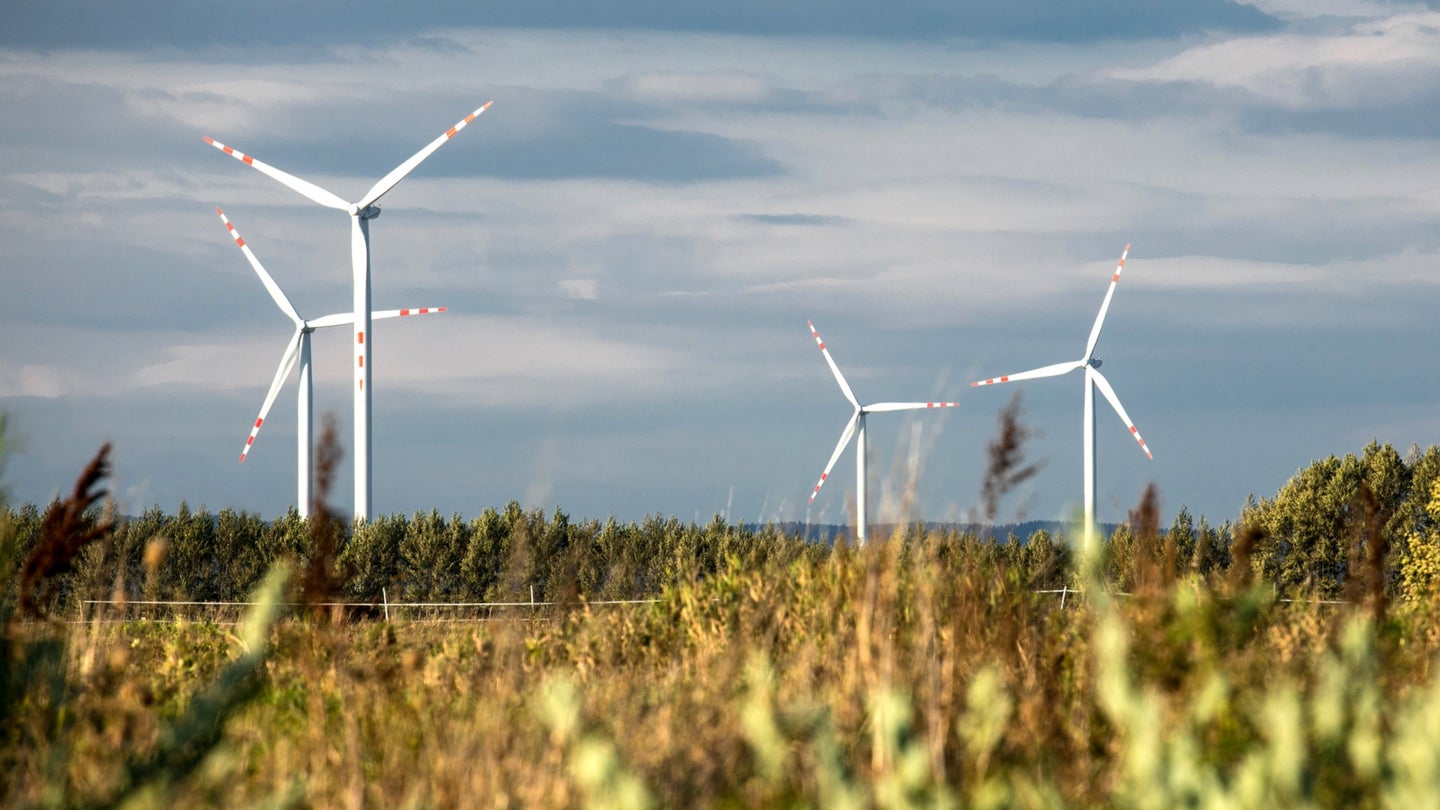US climate efforts look promising, but there’s more to do
The Inflation Reduction Act does a lot—but not enough to knock out Paris Climate Agreement goals.

On August 16, 2022, President Joe Biden signed what many have called the most important climate legislation in the history of the US—the Inflation Reduction Act (IRA). After years of slow progress and resistance against policies that support the growth of clean energy and limit greenhouse gas emissions, the IRA finally looked like it could get the US back on track to Paris Climate Agreement goals. While the estimated decrease in emissions is notable, however, we’re still not on track to reach these lofty goals with the IRA alone.
Eleven months after the enactment of the IRA, the Rhodium Group, an independent research group, published their annual Taking Stock report, this time including projecting the greenhouse gas reductions of the policy for the coming decades. What they’ve found is that the current policies, as of June 2023, put the US on track to decrease emissions 32 to 51 percent below 2005 levels by 2035. By 2030, the US is expected to achieve 29 to 49 percent reductions, which is a “meaningful departure from previous years’ expectations,” the authors write, but still not enough to hit Paris goals.
[Related: ‘Humanity on thin ice’ says UN, but there is still time to act on climate change.]
The IRA largely takes aim at slashing emissions in the power and transportation sectors, and Rhodium’s analysis shows that these sectors are off to a good start. The report shows that in 2035 an estimated 63 to 87 percent of all US power generation could come from zero or low emitting plants, up from 40 percent in 2022. This, combined with the rapid growth of the electric vehicle industry, is poised to reduce household energy bills by $2,200-$2,400 per year in 2035 from 2022 levels, according to the report.
However, a challenge still lies in the industry sector of emissions reductions, where the law has a negligible impact on fossil fuel use from things like petroleum refining and steel production. “A bunch of these emissions are coming from burning stuff to heat stuff up,” Ben King, an associate director with Rhodium and lead author of the report, told the Washington Post. “We think there’s an opportunity to electrify those processes, but we’re still trying to crack the nut on those solutions.”
On top of that, continuing progress in power reductions would require an addition of 32-92 gigawatts of wind and solar power every year between now and 2035. According to the report, 32 GW of renewables is “roughly equivalent to the best year of renewable installations on record.”
[Related: World set to ‘temporarily’ breach major climate threshold in next five years.]
The report goes to show that federal policies can only take the country so far—reaching Paris Agreement goals is possible with supporting policies at the state level. According to the Center for Climate and Energy Solutions, DC and 24 states (such as California, New York, and Oregon) have all adopted specific emissions reduction targets, but some states (like Texas, Georgia, and Ohio) still lag behind.
“The IRA is the most substantial federal action the US has ever taken to combat climate change, but it was not intended to solve every decarbonization challenge in one bill,” the authors write. “A sustained stream of federal and state actions is the only way to close the US emissions gap.”
